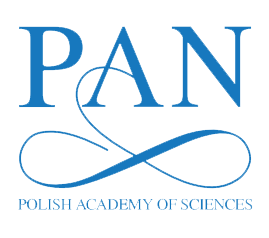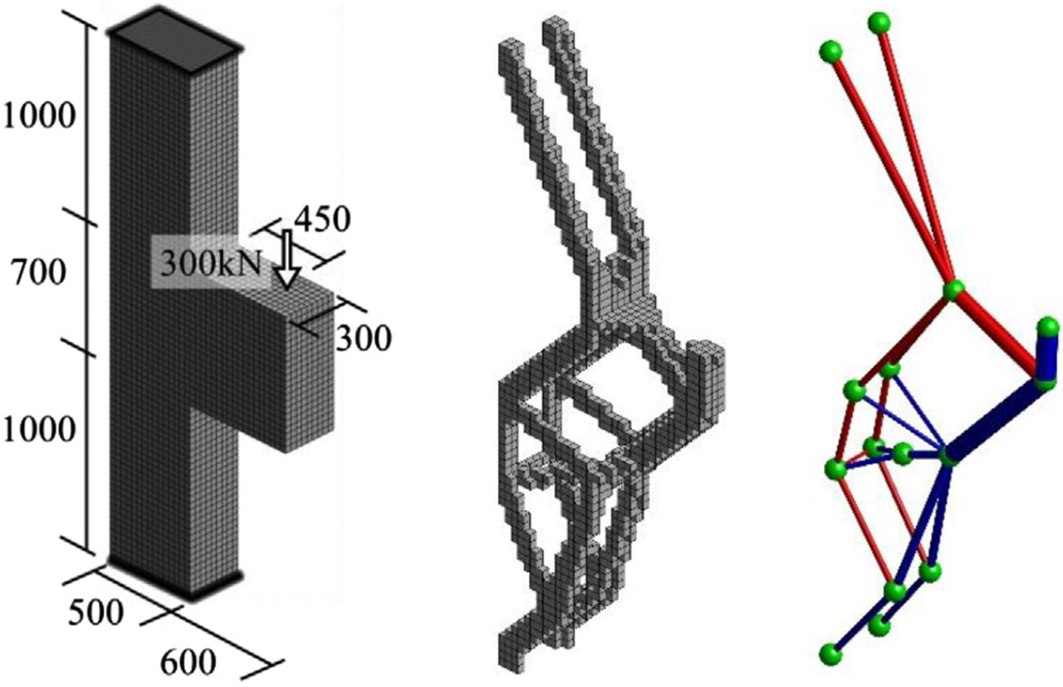Application of topology optimisation in the strut-and-tie method: a review
1
Faculty of Civil Engineering, Warsaw University of Technology, Poland
Submission date: 2024-02-18
Final revision date: 2024-07-25
Acceptance date: 2024-08-20
Publication date: 2025-06-16
Corresponding author
Archives of Civil Engineering 2025;71(2):295-311
KEYWORDS
TOPICS
ABSTRACT
The paper delivers an overview of the literature concerning the adaption of Topology Optimisation (TO) to the Strut-and-Tie Method (STM). In the beginning, the foundations and basics of STM are briefly summarised. STM is a practical implementation of the lower bound theory of plasticity for reinforced concrete (RC). It is generally used to design so-called D-regions (i.e. Discontinuity caused by irregular geometry or concentrated load) working under the complex stress state. These regions are modelled with the equivalent truss consisting of struts (representing the flow of compressive forces carried by concrete), ties (representing rebar) and nodes. The STM algorithm's most demanding part is determining the layout of the truss, which correctly reflects force flow in a specific D-region. During this stage, TO methods can eliminate the designer's arbitrary decisions. Analysed literature sources are divided into two groups differing in the adopted TO algorithms: the former uses layout optimisation procedures for trusses, whereas the latter uses TO methods for continuum domains. In the first approach, the equivalent truss is obtained explicitly as an outcome of the TO phase. In the second approach, the material continuum material layout is an inspiration for the ST model or is post-processed with image analysis methods and possibly shape optimisation methods to obtain bending-free bar structures. The advantages and limitations of both approaches are put forward in the conclusion section. Further development in this field is very likely, so future prospects are also anticipated.
Share
RELATED ARTICLE
We process personal data collected when visiting the website. The function of obtaining information about users and their behavior is carried out by voluntarily entered information in forms and saving cookies in end devices. Data, including cookies, are used to provide services, improve the user experience and to analyze the traffic in accordance with the Privacy policy. Data are also collected and processed by Google Analytics tool (more).
You can change cookies settings in your browser. Restricted use of cookies in the browser configuration may affect some functionalities of the website.
You can change cookies settings in your browser. Restricted use of cookies in the browser configuration may affect some functionalities of the website.




